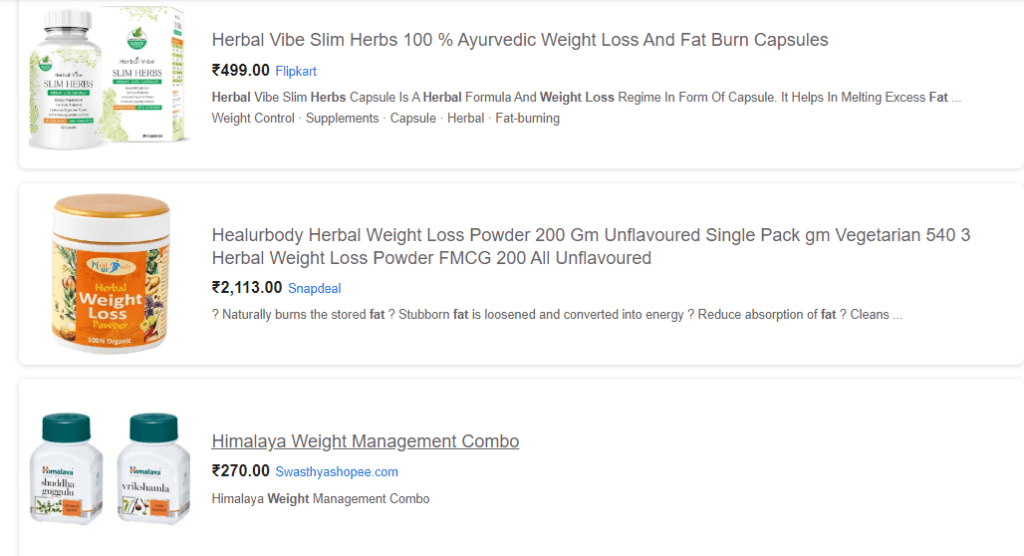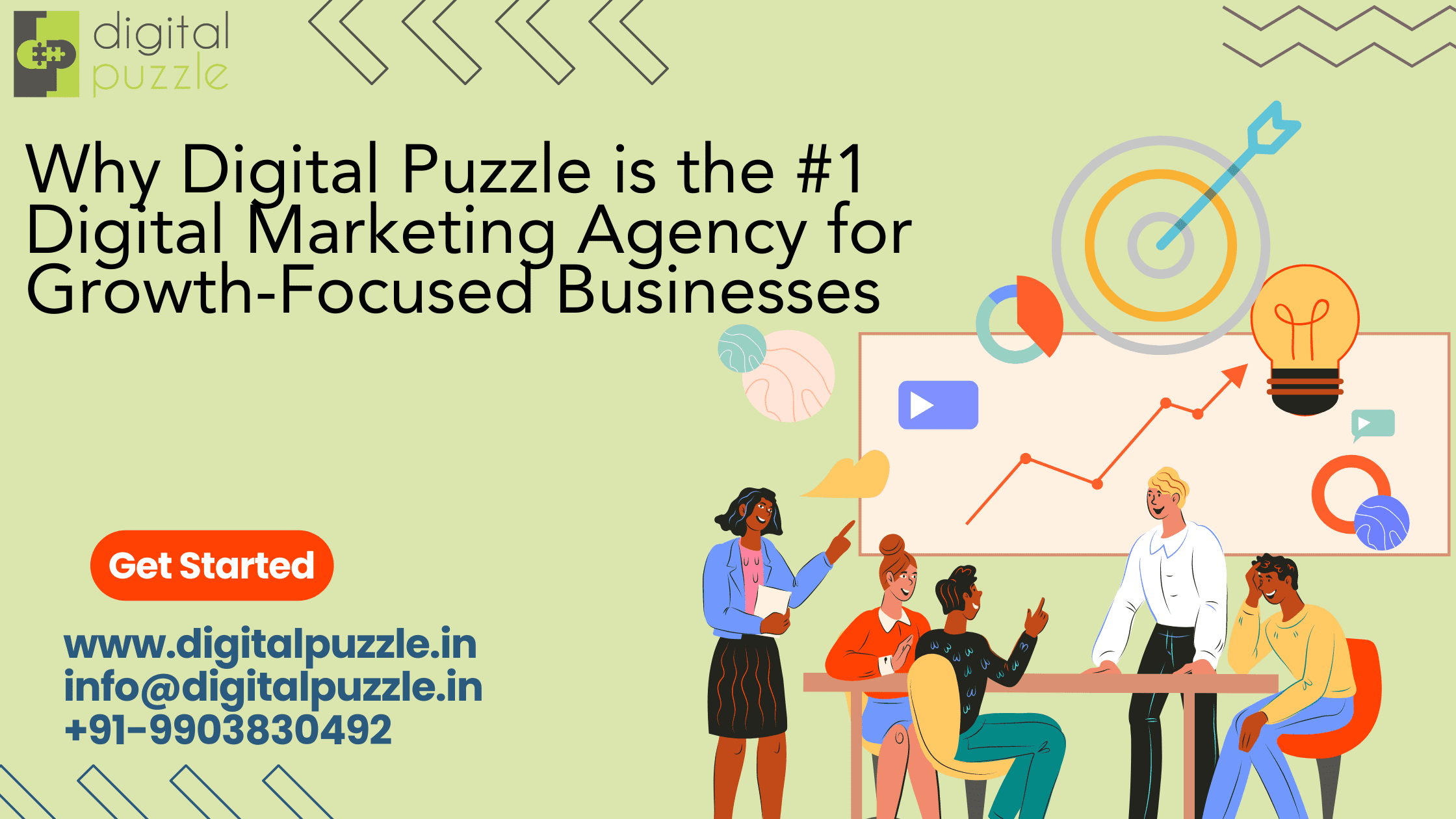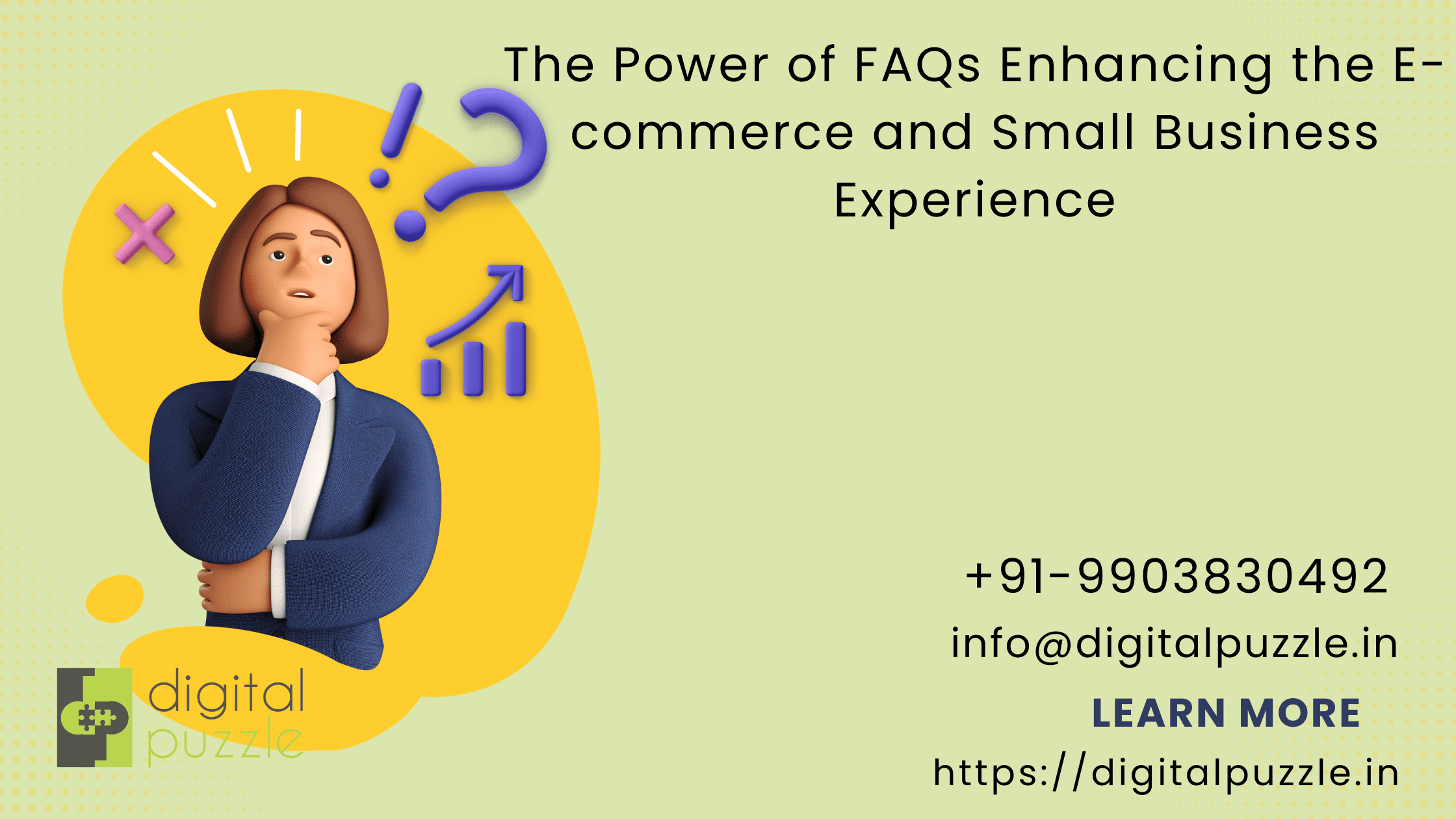blog
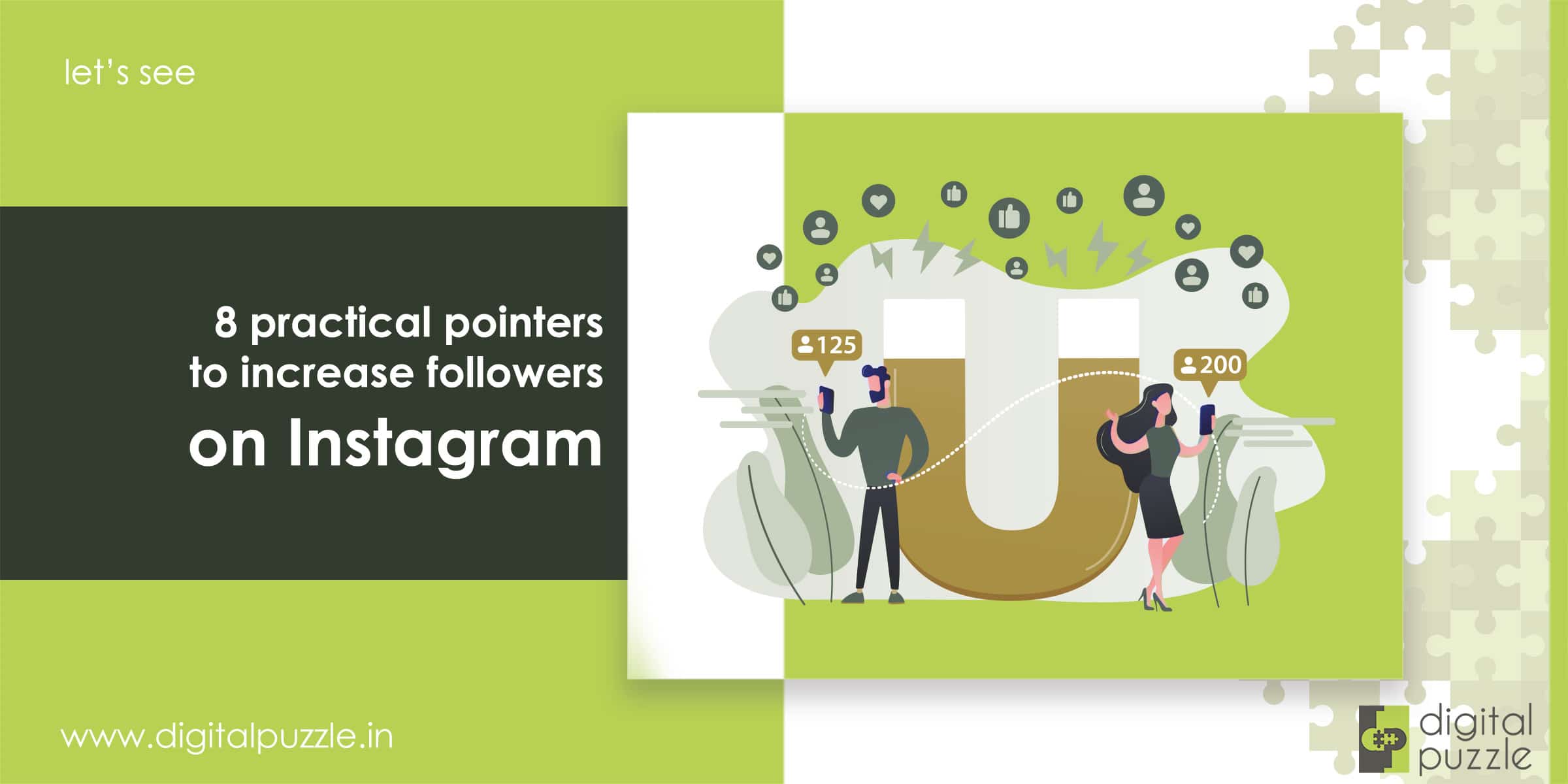
8 Practical Pointers To Increase Followers On Instagram
Most brands choose to take the back door in the trial to get more Instagram followers but fail to understand it’s demerits. Social media marketing panels are everywhere for you to buy likes, comments and followers. But these back-handed techniques are not worth anything. Instagram’s algorithm is regularly updated to weed out paid, low-quality accounts and interactions. These days, users are also too sharp not to notice the fake and robotic exchanges. Not to mention, the volume of your Instagram following at the end of the day provides no value. Instead, indulging in garnering followers organically and independently will be slower but much more benefiting. These organic followers represent an engaged customer interested in and advocate for your brand with their friends and followers. Eventually, this will work in your favour and increase sales and build traffic to your website.
Gather followers on your Instagram the right way with these 8 effective pointers:
Optimise your Instagram account.
One of the most important and front most steps to take is to optimise your account fully. Your brand’s Instagram bio is the window to your profile identity. Without the presence of a bio, a proper username or profile image, and decent image captions people won’t be aware the account belongs to your brand. Your bio and profile image institutes your brand identity. The website link in your bio is a good spot to drive Instagram traffic to your site. Therefore, the optimisation of your Instagram account is essential. Additionally, your username should be as search-friendly for customers to find you, so stay relevant to your actual brand name. Also, it would help if you kept it in-line with other social media handles you may have.
Schedule your contents, so you post regularly.
Posting content randomly and abruptly does not help bring attention to your brand, especially while you remain unknown. You also wouldn’t want the users following you to forget they are following you due to your unexpected timings. Avoid this situation by keeping a regular posting schedule. Typically, brands shouldn’t frequently post in a day to avoid spam, but keeping the flow consistent is vital. Nearly 200 million Instagram users log on daily. So to cast your net wider, try publishing multiple times throughout the day. Sticking to a proper schedule will help build a consistent experience for your followers and keep them in the brand’s know-how.
The Instagram algorithm has changed to show the users content related to what they like. Still, posting at the right time can deliver more visibility by increasing your posts’ overall engagement. The entire team can see campaigns and schedules efficiently by scheduling contents in advance. It is always smart to build out content in advance to reach the audience and maintain a consistent content flow simultaneously.
Get partners and brand advocates to share your content.
Your audience is the most valuable sustenance for your brand. With each organically incrementing follower count, you obtain more interested buyers and customers. Being present and visible in potential customers eyes is the main factor in capturing attention. It is critical for you to engage in your posts as well as on others’ too. Sponsoring user-generated content can get your brand in the feed of potential customers. You could hold campaigns like Instagram contests that promote user engagement. These campaigns reinforce your social proof by exhibiting that your followers are invested enough to repost your content or create their own user-generated content. Another way to get your handle in front of a much larger audience is to work with noteworthy Instagram accounts in your niche, for instance, notable influencers in your domain, to circulate your content to their audience. It would be best if you also ventured in marketing collaborations and co-marketing plans with other companies to branch out your own Instagram audience.
Resist fake followers on Instagram.
There’s a massive distinction between an Instagram account having fake followers and an account having legitimate followers. It might be tempting to purchase Instagram followers. But the backlash outweighs the perks of genuine follower growth. Fake Instagram followers tend to:
- Deceive new followers: When users come to an inactive Instagram feed with a million followers, it will lower the account’s credibility. Don’t trick people into following you instead build trust and long-lasting relationships for better understanding.
- Have no ROI: It might be easier to buy followers, but your acquired bot of new followers won’t be purchasing anything. People follow brands on Instagram because they like what you’re posting or your company in general. They are actual spenders and bring monetary value to your business.
- Create little-to-no buzz: There’s no point in having 10,000 fake followers. Instagram will more than likely clean up these bot or fake accounts, leaving your profile barren with no engagement.
Real people can share, like, comment and engage with your Instagram posts. Additionally, these users enjoy when someone is responding on the other side.
Showcase your Instagram everywhere.
Promote your Instagram account by listing it on your website and other social media networks. Creating visibility and awareness is crucial to getting known by your crowd. People should know where to locate you to follow you. Add your social media links on your website and blog to promote social shares and easy navigation across all your networks.
Another way of promoting is to leverage your other social media networks to direct users to your Instagram account. Though don’t be blunt in asking for a like or follow, that will only lure them away. Instead, give a reason for users to follow you by promoting the unique contents that you offer on your Instagram.
Post content followers want.
While this is easier said than done, it is better to learn what content your followers want to see. You’ll soon find on Instagram that some contents perform better than the rest. For this reason, testing is important. The smallest details, such as filters, captions, content types or post times, can make all the difference. Keep up with new Instagram trends, to post interesting, attracting content.
Your brand should also invest in Instagram analytics tools. Investing in this will make it easier to track, benchmark and analyse Instagram content across accounts. Be confident in your content strategy by analysing different filters, captions and more to see what works best with your audience. If you’re unsure where to start, try analysing your competitors. You shouldn’t directly copy your competitors, but it is better to take notes of what they’re doing or posting that drives more engagement. Competitive research can be very resourceful for your brand.
Get the conversation started.
The conversation is the best way to make users aware of your Instagram. Consumers prefer to engage with visual-first content like photos and videos, followed by a few who want to engage with text-posts. Instagram is the perfect fit for these audience profiles, coupling eye-catching visuals with captions that can be just as engaging. People are constantly using social media as their contact reference for brands, be it for off-the-cuff questions and chats, serious customer care queries, or praise for their favourite brands and products. You have to be supportive and communicative on Instagram for your business. Respond diligently to DMs or comments you receive. It establishes an opinion of who you are. It affects a lot in getting a new customer or follower and enhancing your relationship with your audience. The more positive conversation you acquire around your feed, the more likely will you gain followers. Always appreciate your followers and always respond with regard.
Find hashtags that convert.
Hashtags are the most tried-and-true way to get followers on Instagram. Hashtags serve as an essential tool for discovery and allow to extend social reach. As a marketer, you would like to build your community by gaining followers – hashtags provide just that. For starters, find hashtags preferably those which are not too populated. Trying to highlight your post between an abundance of pictures and videos is a tedious task. You have to find suitable hashtags the people in your target audience are more likely to check. If a relevant engagement is made, these users are more likely to follow your account. Unique and branded hashtags are one way to group posts around hyper-relevant content to your brand and campaigns. Realising how your hashtags perform on Instagram is as critical as to using them.
Instagram continues to gain popularity with increased audiences. Grabbing attention can be challenging in today’s competitive environment. But once you get past the initial anonymity, it gets a whole lot better. The takeaway from all of this is the follower count is only a no., what is essential is to build a good relationship with your genuine customers.
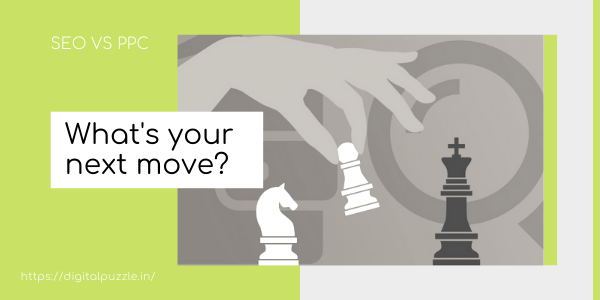
SEO vs. PPC: What’s the best choice
In the field of digital marketing, it all comes down to brand awareness and visibility. Both SEO and PPC are practical search engine marketing tools, but both provide highly varied results. Search engine optimization or SEO is associated with organic search engine results.
This business practice considers its users as well as the search engines. It’s about understanding users’ interests. Like what they are searching online, the answers they are pursuing, the words they are utilizing, and the type of content they are most curious to learn. Knowing the answers to all these questions will allow marketers to connect to the users searching online for your business’s solutions. Knowing the audience’s intent is just one part of the SEO. Delivering it carefully so that search engine crawlers can find and understand is the other. Its end goal is to provide better search visibility through comprehensive optimization of compelling, share-worthy content and a great user experience. Better keyword optimization can ensure prime visibility in search engines. You can learn more about SEO here.
Pay Per Click or PPC is associated with advertisements that appear on top of search engine results. You basically pay for your content’s visibility, but you only pay for the clicks your ad receives. Daily budgets set in advance and estimates of the average cost per click for the keywords targeted can reduce expenditure. Search engine advertising is a popularly implemented form of PPC. It allows marketers to bid for ad placement in sponsored links on search engines on a keyword related to their business’ offering. It’s essential to know how PPC works before hastily going through with it.
There are two key differences between SEO & PPC:
1. Paid ads appear on the top of search results, above the organic listings impacted by SEO.
2. Traffic from organic listings via SEO is free, whereas traffic driven from PPC has a cost for each click.
SEO provides a sustainable brand awareness as compared to PPC, which diminishes when you stop paying. However, PPC delivers faster results for brand visibility. Ads can be targeted by search keywords but will cost more. It is viable to use PPC when you have a financial resource. Organic results through SEO may be slow, but its effects are long-lasting and build over time. It is crucial for brands to create credibility and trust, which is viable through SEO. Many users skip ads and highly consider organic results.
Your company’s needs must be considered for what applies best to your business for choosing between SEO and PPC. For instance, A local business with little competition and a requirement for limited leads per week will develop good visibility in the local and organic search results with a bit of spending or implementing fundamental SEO dynamics. In contrast, a new e-commerce store, competing with a page of results from major department stores and online retailers, will likely struggle in organic search results initially. They will require more effort towards visibility. PPC and SEO, when used together, produces a more effective internet marketing campaign. Both contain pros and cons and work best when used simultaneously. SEO and PPC applied together will drive results that are greater than when applied individually.
The benefits of running these marketing tactics together include:
● PPC can provide faster results on keyword conversions, which can effectively apply with SEO.
● The traffic volume shall increase by targeting clicks in paid ads with organic listings for good performance relevant keywords.
● You can move keywords with the best results upon testing their performance through PPC to organic search.
● You can feed A/B testing of ad copy and landing pages into organic listings.
● Target users with commercial keywords at all stages of the customer journey from research to comparison to purchase.
● Having both strong organic and paid visibility will increase confidence and awareness.
An integrated search strategy that looks at SEO and PPC is the optimal approach for a business. Results increase and become more effective by utilizing both paid and organic means. It will not suit every business, though. You will still want to develop a holistic search engine strategy for high-growth, aggressive marketing rather than approach SEO or PPC in separation.
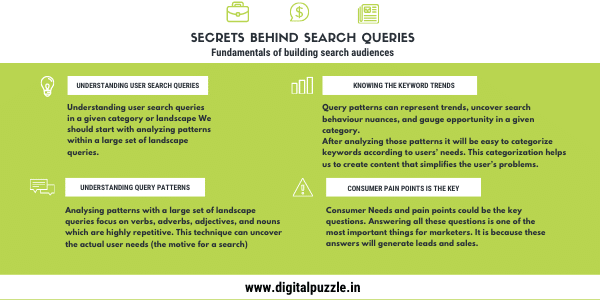
Understanding Audience Search & Intent
To target an audience, it is very important to understand audience search intent. To understand this, first, you have to build an idea of the audience. In traditional marketing terms, an audience is a set of potential buyers. Whereas in digital marketing, the definition of an audience is a bit different. Here we use demographics, age, and interest to create a buyer’s personas. This helps us to sell a product or service through the internet.
In terms of Search Engine Optimization, sometimes we come across the problem of not getting access to the actual data of traffic behaviour on your site. What is the solution to this?
Behind every search, there is a user who needs something or someone that can fix their problems. Being a search expert, we have to point out those and make an advertising strategy. These strategies help users in solving their problems.
Let’s see an example:
If a person is using a keyword like “Herbal medicine for weight loss” then he must be willing to get a list of herbal products like this.
But if you don’t sell herbal products for weight loss then the keyword “Herbal medicine for weight loss” may not be a good choice for your business.
Basically, the search engine acts as a barrier between the user and the websites. Every user must go through the search engine for their desired search results. Every site has to pass through the search engine to show up on the SERP (Search Engine Result Page).
Luckily, data provided by search engines can be a gold mine for search audience research. So as an SEO professional, we should know how to break down that barrier and understand our user’s needs.
Here are the solutions
- Secrets behind search queries
- Understanding search intent & Leveraging it
- On-site behaviour analysis
Secrets behind search queries
According to Kacie Gaudiose (SEO Content Strategy Lead Merkle Inc.) ” As we learn from our search data, we can start to form keyword insights. Keyword insights are more than just buckets of related keywords; they are the motivations behind the searches. Our long-tail queries illuminate critical user needs and pain-points they may be experiencing in any given query landscape.”
This kind of critical user needs and pain points could be the key questions. Answering all these questions is one of the most important things for marketers. It is because these answers will generate leads and sales.
In a nutshell, by evaluating landscape query patterns we will be able to do organic search market research to form consumer insights.
Here is an example of query patterns derived from consumer needs
Example of Query Patterns
[Image credit: Search Engine Journal https://www.searchenginejournal.com/search-audiences-user-intent-seo-secret-weapon/354696/]
Key takeaways:
1. Understanding search intent & leveraging it:
Understanding the intent behind the search query helps us to find out in which part of the consumer funnel the searcher is. If he or she is in the awareness phase we might try to bring them into the consideration phase. After consideration surely marketers would try to convert that potential customer into a customer. That’s how the whole sales funnel works.
By evaluating each keyword and page of your competitors we will be able to understand how they are engaging with consumers. By understanding consumer behaviour patterns with your competitor you will be able to optimize on-page content according to consumer’s psychology.
Using infographics, presentations and visual art is the best content strategy for content marketing.
Key takeaways:
2. Onsite behavior analysis:
On-site behavior is one of the most important factors to understand buyers’ journey.
From google search to jump into a website in which a user has many touch points that can uncover why a site is not performing.
If your analytical data is showing a high bounce rate (more than 40%) it means your content is not fulfilling. The audience’s needs or your website must be slow. This is the reason why users are getting distracted and exiting your site.
In today’s busy world, no one will read the boring sales pitch. This is the reason why digital marketers are now using visual representations to hook up their audiences.
The moral of the story is that to achieve success then content marketing is the only way to attract your audiences. It brings them into your sales funnel.
Key takeaways:
Simplifying the Search Engine Barrier:
As searches are getting personalized so our strategies should too. As digital marketers, we don’t always have reliable demographical data to make strategies. But we do have an immense amount of search data. After analyzing this data, we can easily figure out what consumers are actively searching for. We should know their pain points to make it easy for us to tailor personalized content for audiences.
By understanding the audience better, we can
Create personalize and effective content
Communicate better with the audience & encourage them to take actions
At the end drive more ROI (Return Over Interest)
Conclusion:
An experienced digital marketer very well knows that similar strategies do not apply to different products or services. That’s why marketers should work proactively with their team to figure out their preferred audience. They also develop content according to their needs and bring them into the sales funnel ( Sales funnel= Awareness→Engagement→Actions) and that’s how agencies generate ROI.
Here are three simple steps:
(Image Credit: SEJ (Search Engine Journal)https://www.searchenginejournal.com/search-audiences-user-intent-seo-secret-weapon/354696/
Read More
